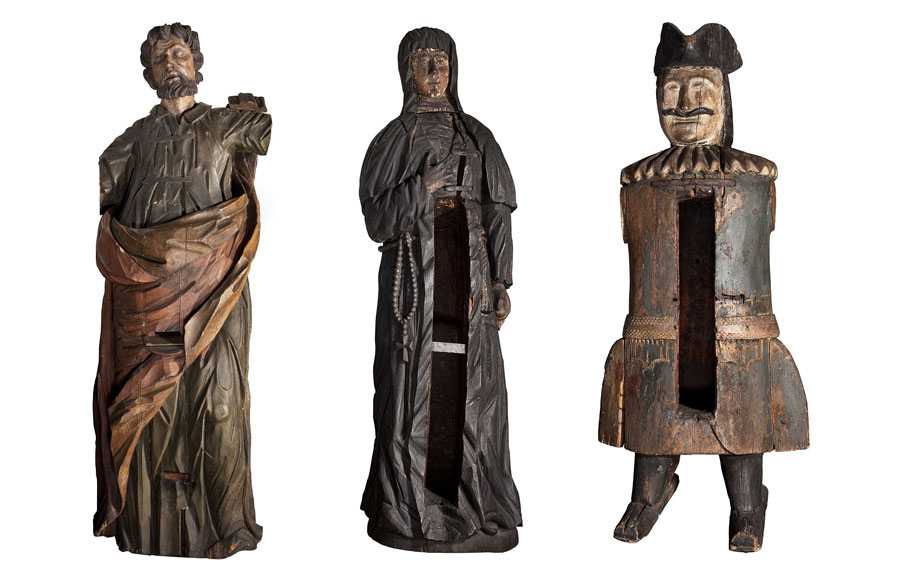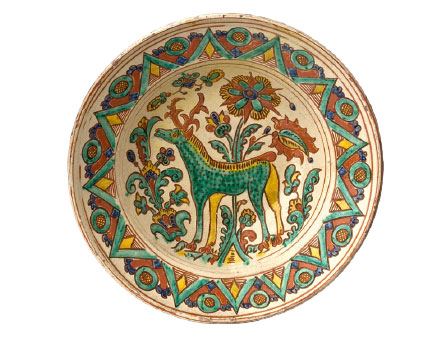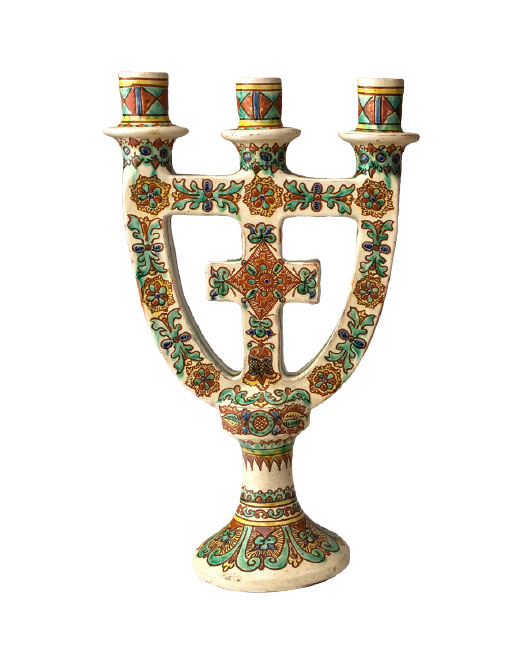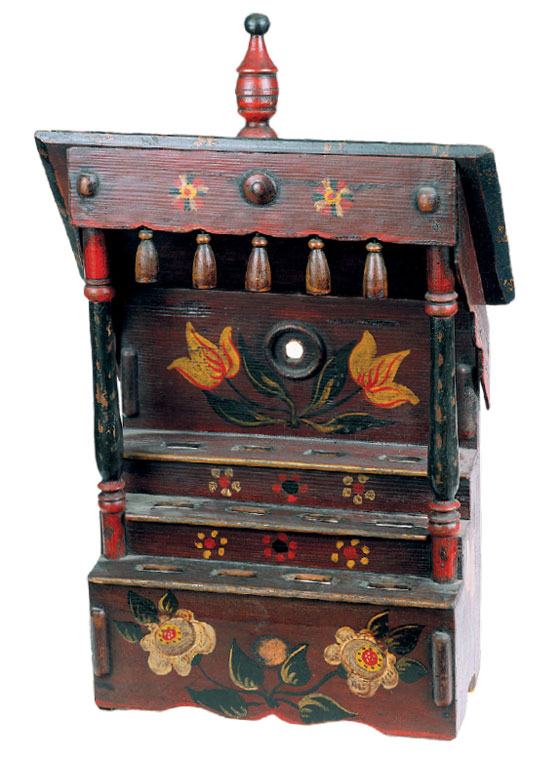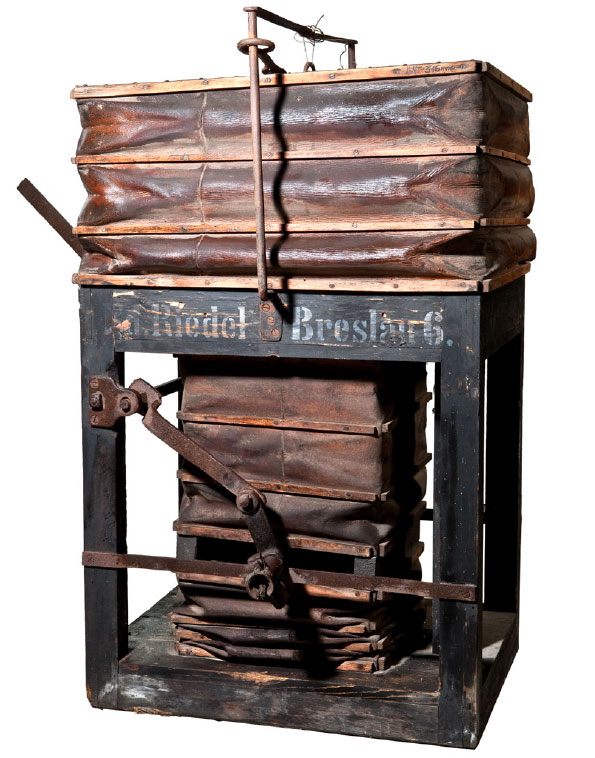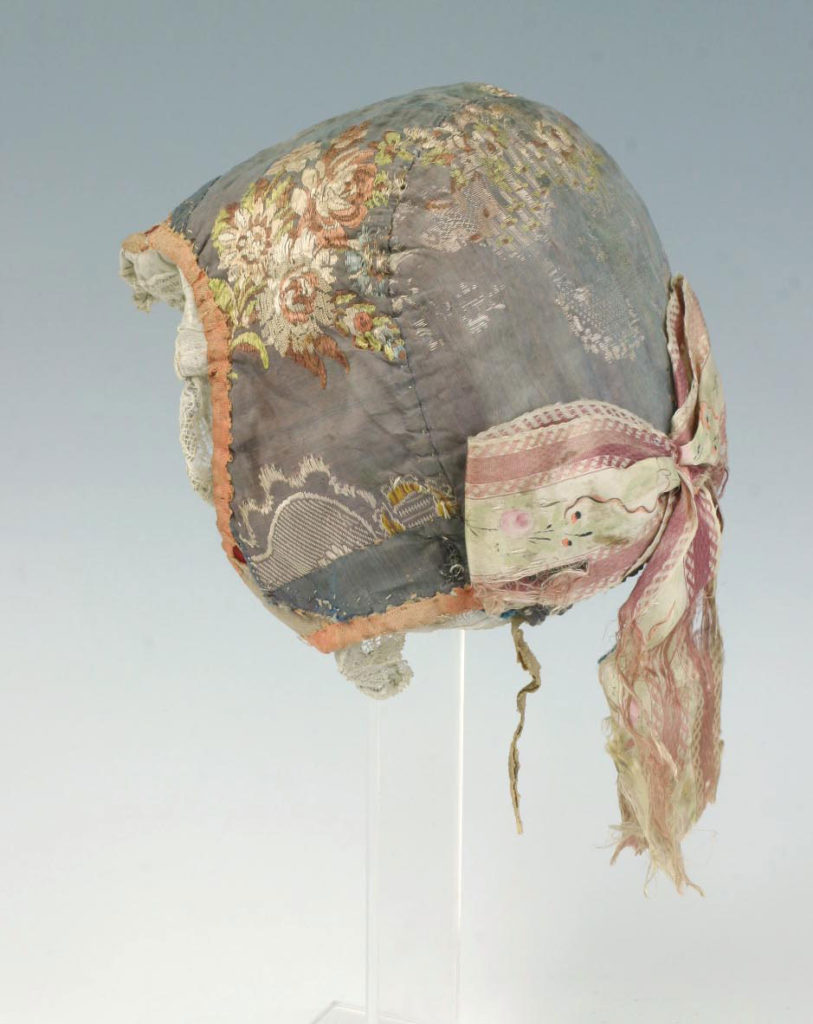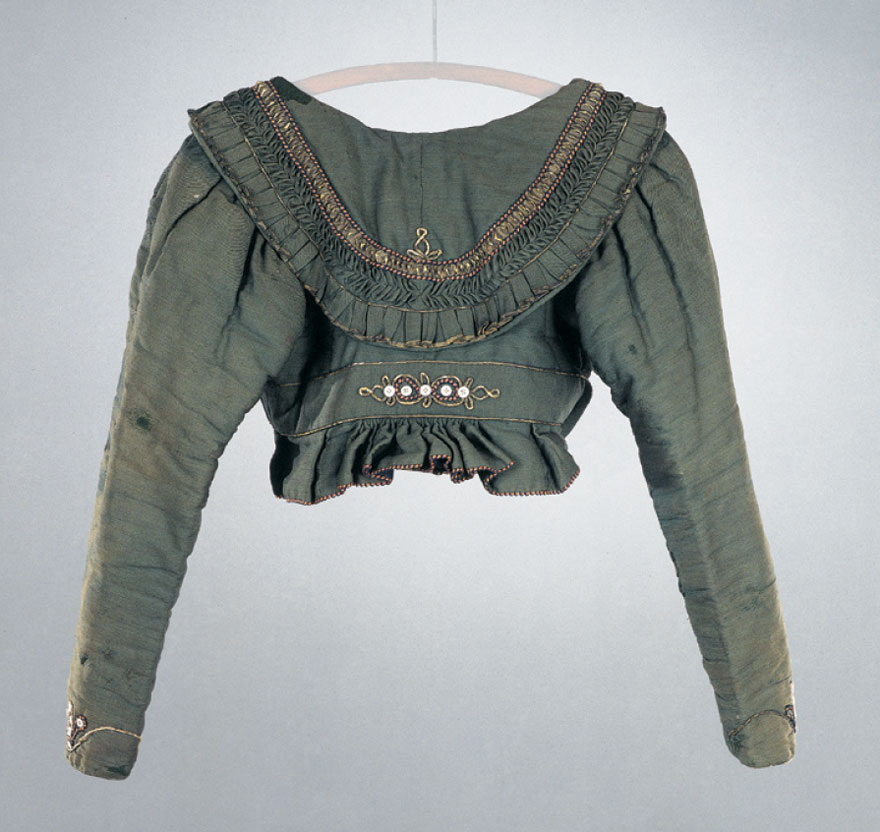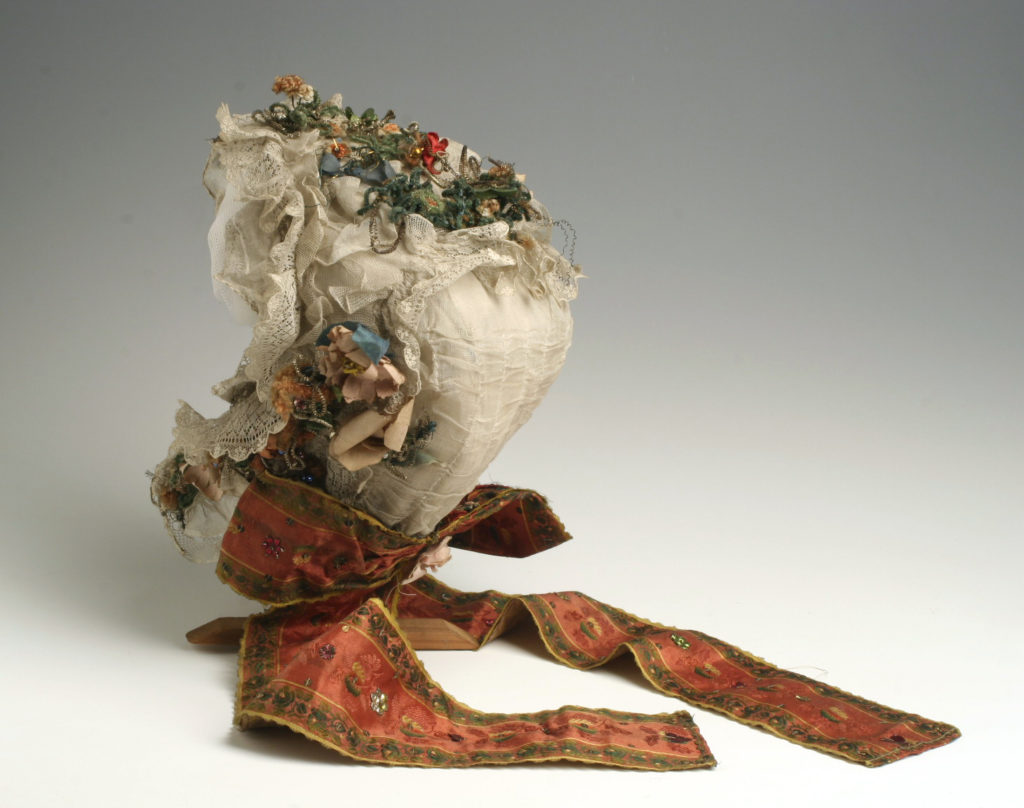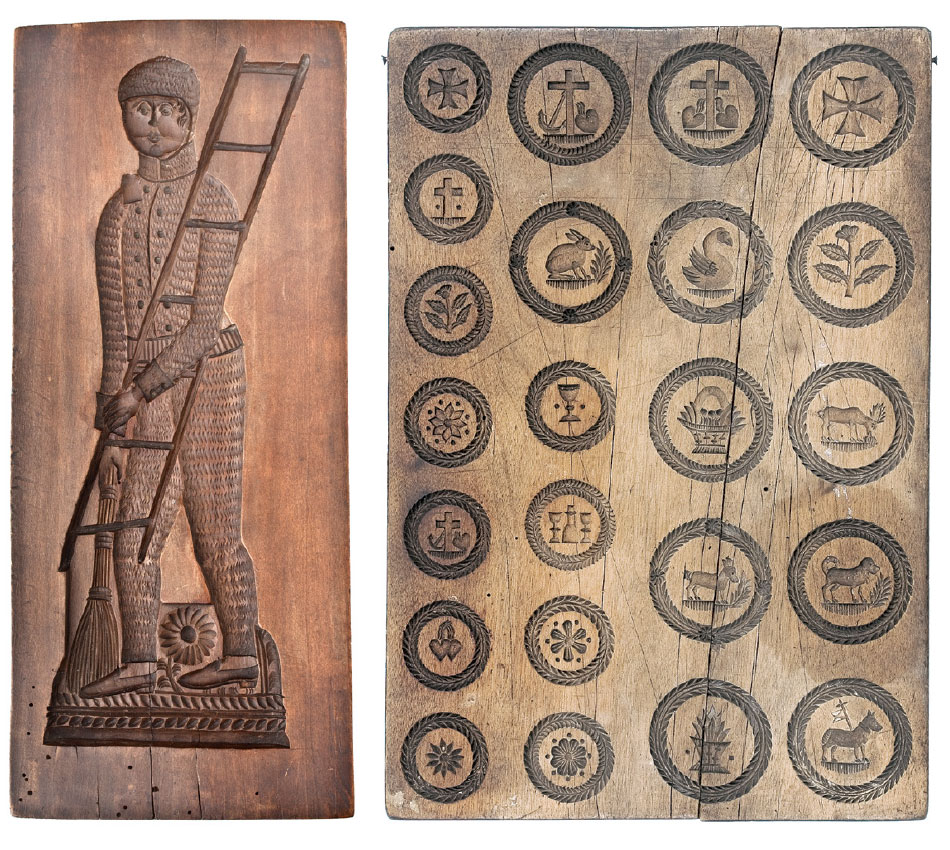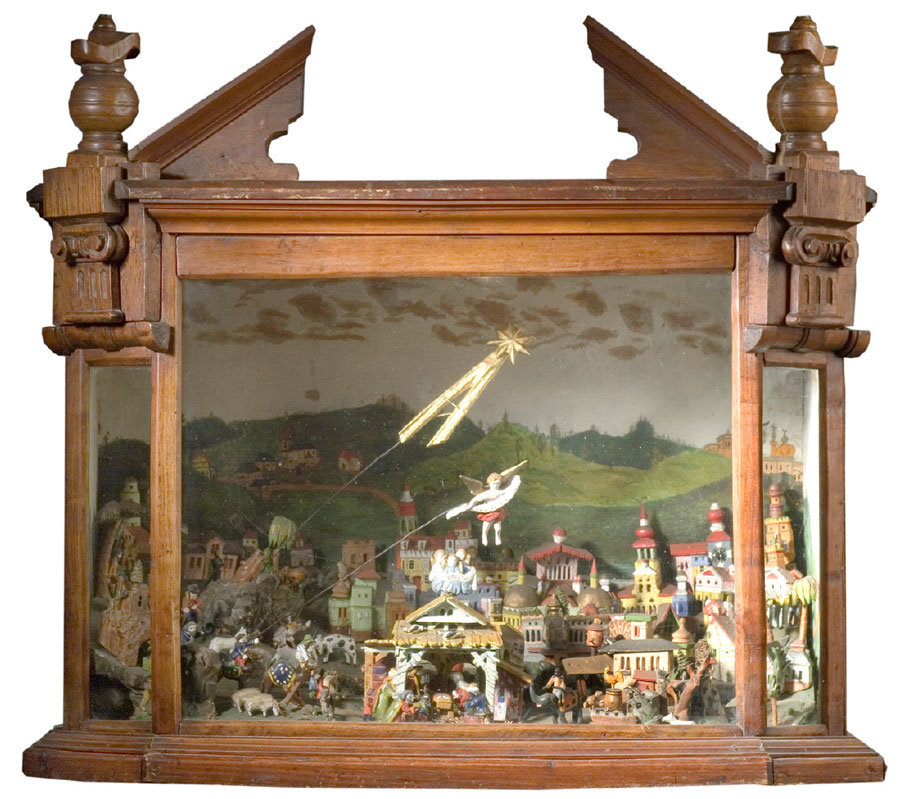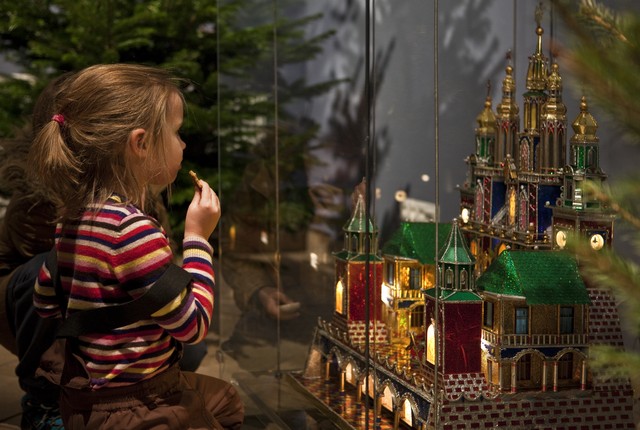Ethnographic Museum in Wrocław, the only one of its kind in Lower Silesia, aims at providing a complete ethnographic documentation of the region, its description and acknowledgement of its cultural changeability.
The uniqueness of the Museum stems from its localization in the multicultural trans-border region, which after the Second World War was subject to a particular social process of the almost complete replacement of the existing population as decided at the conferences in Yalta and Potsdam.
The collection of 20 thousand artefacts documenting life of rural Lower Silesia during the past 300 years reflects the culture of both its previous inhabitants and the post-war arrivals, and is an excellent source for historical and cultural research, especially on the perceptions of the migrating populations and their vision of life outside their familiar territory.
Rescuing many objects from the historical collections of Lower Silesia dispersed after the war and adding those remaining in situ has led to the excellent present-day display of painted furniture, paintings on glass, sculpture, figurative beehives, gingerbread moulds and regional bonnets. The research conducted at the same time recorded the regional and ethnic diversification of the post-war settlement, observing and analyzing the processes of adaptation into the new cultural habitat. At the same time the museum collection and documentation preserve also the culture of communities either absent from other Polish museums or sparsely represented in just a few of them.
Ethnographic artefacts have been collected practically since the very start of organizing the museums in Wrocław. Until 1953 the then Ethnographic Department of the State Museum (from 1970 the National Museum) was mostly occupied with reclaiming, ordering and listing the Lower Silesian artefacts left in the post-war depositories and regional museums, and conducting extensive field research.
In 1956, on the completion of the first part of the permanent exposition located in one of the wings of the Royal Palace in Kazimierza Wielkiego Street, it became the Ethnographic Museum, gradually taking over the premises of the then art gallery (BWA) next to the Archeological Museum which occupied the entire palace.
In its turn, after almost half a century of intense activity, the museum had to make way for the Municipal Museum, created in 1999 as part of the reform introduced by the local authorities.
The well-established and largely unchanged profile of the Ethnographic Museum makes it essentially Lower Silesian, with the collection documenting the 300 years of rural life in this region, from the 17th century up to the present day, thus allowing to illustrate the popular culture of the previous inhabitants of this area and that brought with the post-war arrival of the population resettled from what then became the Soviet territory.
The foundations of the Museum collection were the result of taking over the contents of the museum depositories of the Ministry of Culture and Art, which were located in Bożków and Żelazno, as well as the exhibits from a few regional museums – in Karpacz, Szklarska Poręba, Niemcza, Bolków, Jawor, Jelenia Góra, Kamienna Góra, Brzeg, Wałbrzych and Ziębice. Some of them closed down, others changed their profile and transferred part of their surplus exhibits, and in some cases placed in deposit their most valuable artifacts.
The first purchases of exhibits, originating mainly from the Opole region of Silesia and the BeskidŚląski mountains, were made in 1949 using the special funds put at their disposal by the Ministry of Culture and Art. The second phase of acquisitions took place in 1953-1956 and resulted from a systematic exploration of Lower Silesia.
This activity, in conjunction with academic research, continued in the 1960s and after. The exploratory and stationary research was conducted in a few hundred localities in the region of Kłodzko, the areas around Lwówek Śląski, Legnica and Wołów, at the same time striving to register – by means of drawings, descriptions and photographs – the source materials indicating the cultural change, which in turn allowed for the creation of the museum archives. Particular attention was paid to the areas where the existence of traditional culture was threatened by the new industrial investment and development. In some of the localities which were the subject of compulsory resettlement of their inhabitants due to the planned building projects a kind of ‘rescue’ action was undertaken, combined with on-the-spot purchasing of historical objects. At the same time the Museum recorded changes in the contemporary popular culture.
Since 1968 the Museum has been involved in acquiring exhibits which prior to that remained outside the sphere of ethnographic interest. Assembling a large number of examples of non-professional art representative for both Upper and Lower Silesia made it possible to open the first Polish permanent Gallery of Non-Professional Art (during 1980-1985), which showcased around 150 works by a dozen or so amateur artists. This collection was regularly augmented, mostly after the exhibitions presenting the outcome of regional surveys of non-professional art, but also as a result of the competitions organized by the Museum (e.g. “Figurative Beehives”, “The World in My Imagination”).
The special exhibition organized around Easter time and the concluding Easter fair have become an annual tradition at the Museum of Ethnography, and at the same an opportunity to document the ritual artifacts – a vital and still evolving part of the popular culture, which today is freely exploring and adapting the new techniques, materials and styles of decoration. Both these occasional exhibitions and the outcome of the 1968 competition for the artifacts related to the rituals of Spring contributed to assembling a collection of around 600 Easter eggs which, although contemporarily made, are decorated using the techniques and motifs steeped in the traditions of the Hutsuls, the Lemkos, and the regions of Rzeszów, Wołyń, Polesie, Suwałki, Lublin and Opole, as well as the Romanian Bukovina. This extensive collection contains also the set of the Hutsul Easter eggs made in the 1930s. Another interesting example of contemporary art are the Lower Silesian travelling nativity scenes with puppets, those in theKraków style, and the sculpted ones.
The very specific conditions of this region, which are the focus of the Museum’s interest, find their reflection in the very structure of its entire collection. The groups of exhibits brought by the post-war settlers were, like the people themselves, forcibly removed from their natural environment. These objects do not constitute consistent thematic sets of artifacts but provide a highly valuable material for historical and cultural research, as well as an insight into the awareness of the migrating population and their imaginings of life beyond their familiar territory. On the other hand, the artifacts which form the excellent and in the majority of cases unequalled collections of the old art from Lower Silesia, however mostly lack information about their provenience. This is partly due to the particular way they were obtained – from museum depositories, the “Desa” shops trading in antiques, and as gifts from local parishes. The whole collection of several thousand exhibits is an extremely valuable material for conducting academic research on the complex structure of the Lower Silesian culture and its links with the neighbouring regions, and some of its parts should be given particular attention.
The exhibits gathered in the Section of Technical Culture allow to recreate the economic conditions of rural existence in the past. The collection comprises agricultural machinery and tools, means of transport, implements related to animal husbandry, grazing cattle and sheep, tools and devices for producing and storing food, and also implements used by craftsmen.
The ancient craft of blacksmithery is documented by, among others, around 350 tools and devices, including the largest in Poland set of 26 dated and decorated anvils from Lower Silesia, among them the anvils without bickconsidered to be the oldest type. All of them are decorated with the stamp technique, and many of them are also marked with the date. The artistry involved in making blacksmith’s products is best represented by the ornately decorated sets of metal carriage fittings.
Weaving is ‘illustrated’ not only with spinning-wheels and looms but also by the examples of the ornately decorated – with painting and openwork – distaffs (tools used in spinning to hold the unspun fibres, which could be attached to a spinner’s stool) from Lower Silesia. Another interesting part of the collection, because of the variety of the motifs and the technical solutions applied in their making, are the Lower Silesian stamps used for block-printing of fabrics.
The section dedicated to Fishing mostly consists of the exhibits from the previous Museum of Inland Fishery in Milicz, a place famous for its carp-rearingponds.
The Ceramics section documents the activities of five potteries reactivated in Lower Silesia after 1945, in particular the Oława workshop of Kazimierz Woźniak. The potter, who came from Pistyń in Pokucie (which after the Second World War became part of the Soviet territory), up to the 1970s continued to make bowls, plates, vases, pots for plants, candle holders and pateras modelled on the traditional majolica from his native Pokucie. The collection is further complimented by the pre-war manufactory ceramics, especially from Bolesławiec, and individual items from the neighbouring regions.
Fabrics and clothes brought from their old homes by the post-war settlers make up a large part, alongside the traditional local attire from Lower Silesia, of the Section of Fabrics and Folk Costumes. Among these exhibits there are particularly interesting sets of the so-called ‘wereta’ bedspreads from the region of Vilnius in Lithuania, and the Hutsul kilims. Another equally interesting part of the collection is represented by the antique bonnets from Lower Silesia.
